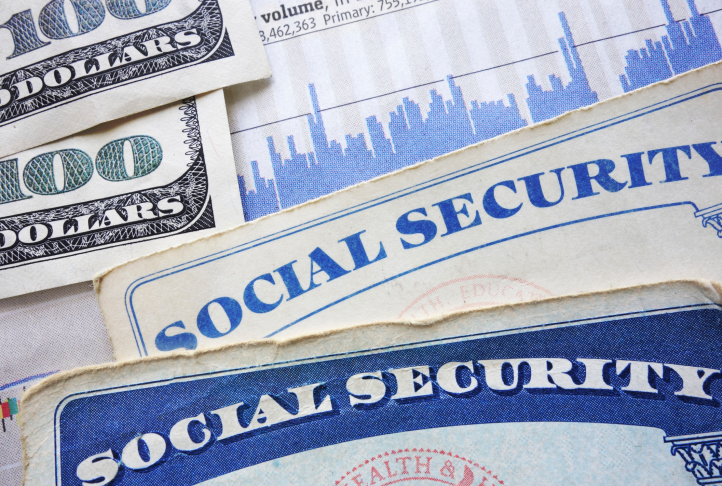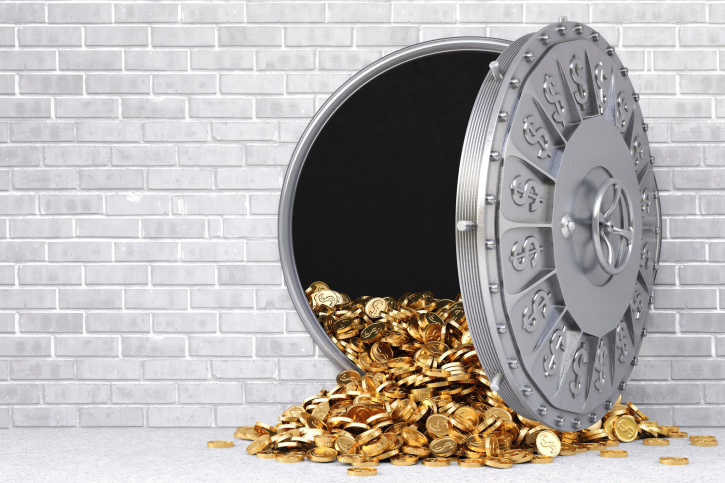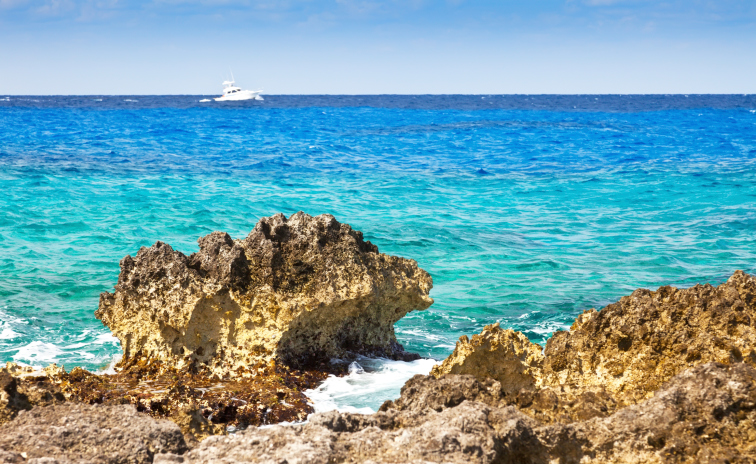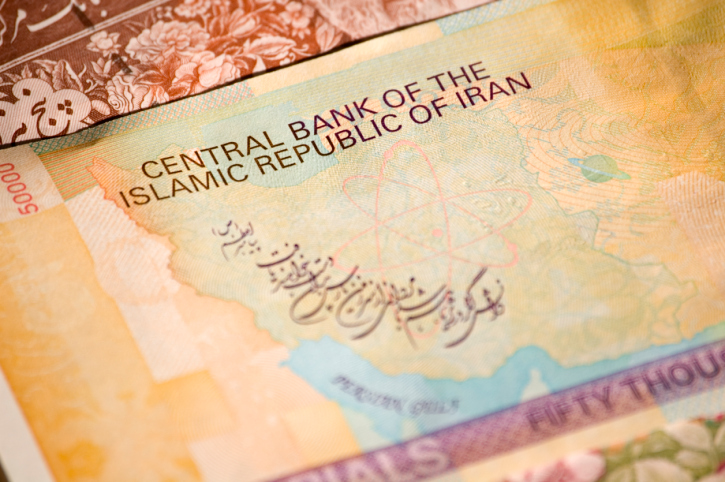10Banks Lend Out Customer Deposits
Most people think that banking operates off a simple idea: a bank takes in deposits from customers, promising them interest as an incentive keep their deposits with the bank, and then lends that money out at a higher interest rate in order to make a profit. Unfortunately, banking hasn’t worked that way for centuries. In reality, banks lend out money from the very loans they issue to customers. Every bank has a balance sheet listing assets (money the bank is owed) and liabilities (money the bank owes). When a bank makes a loan to a customer, it credits the amount of that loan as an “asset” on its balance sheet, which can in turn be transferred to an account in another bank as a liability. So, although no new physical money is created, a new deposit has been created nonetheless, and hence new money has been added to the banking system. All banks have restrictions on the amount of new deposits they can create through issuing loans. These are known as “reserve requirements” and vary with the size of the bank’s balance sheet. Central banks (such as the American Federal Reserve) can raise or lower reserve requirements as needed depending on current economic conditions. However, within its reserve requirements a bank can lend directly from any new deposit. For example, if the applicable reserve ratio for the bank is 10 percent, and the bank’s new deposit is $1,000, then the bank can now lend out another $909, which can be deposited with another bank, creating a new deposit, which can be used to lend out another $819 dollars, and so on down the line. This is known as the “money multiplier” and makes the total money supply effectively unlimited (since the amount of money is loosely based on economic activity at the time). This has both positive and negative effects, the particulars of which continue to be hotly debated.
9Central Banks Decide Interest Rates
Since the media often refers to the government raising or lowering interest rates, it is easy to assume that central banks have total control over them. But this isn’t true. Interest rates are simply the price of money—and like all prices, they are ultimately determined by the free market, even on an international level. What central banks can do is set the minimum interest rate a banking institution can generate loans at. The banks under the system are under no obligation to make loans at this minimum rate, and often do not. This is exactly what happened in the 2008 “credit crunch” when, in basic terms, major banks were so nervous about their balance sheets that they refused to generate new loans, even though the Federal Reserve lowered the short-term minimum rate to near zero. This led to a shortage of available credit around the world, badly damaging economic activity. The central bank will also set targets for the general rate of interest and try to meet them over time, for example by adjusting interest rates on the money it lends to commercial banks. Even on an international level, central banks have much less control over interest rates than most think. Countries often seek to raise money through the sale of government bonds, the interest rate on which is set by the central bank. Too low of a rate and no one wants to buy the bonds. So to say that central banks “control” interest rates is like saying Walmart controls the price of bread in its stores—nobody would buy the bread if it cost $100 a loaf. When it comes to interest rates, a central bank has to adjust to market demands, both nationally and internationally.
8Central Banks Control The Economy
If you listen to Alex Jones or various other paranoid media figures, you might get the impression that central banks use interest rates as a “weapon” to control society. However, if you look at the subject in depth, you realize that the “master manipulators” within central banks are actually pretty susceptible to manipulation themselves. Of course, if we lived in a simple world, a central banker could wake up in the morning and fiddle with interest rates as he saw fit. However, we don’t live in a simple world. The Libor Scandal sheds some light on how central banks determine interest rates in the real world. The Libor, or London Interbank Offered Rate, is the benchmark interest rate that most major financial institutions use as a guideline when determining their own rates, including most central banks. Basically, Libor member banks submit estimates of the rate at which they could borrow money. The average of these estimates is used to set the Libor. During the Libor Scandal, multiple big banks were caught manipulating the data they submitted in order to gain more favorable interest rates for themselves. Since the Libor rate was tampered with, so was any rate set in accordance with it. As a result, various central banks around the world have had to take steps to mitigate the damage caused by the scandal.
7Central Banks Have Enormous Authority
A look at the American Federal Reserve Act can help to dispel the myth that central banks are all-powerful. It’s true that the Act grants the central bank some pretty impressive powers—but it’s what’s missing from the Act that is more important. First of all, the Federal Reserve (or any other central bank) has no control over credit rating agencies such as Moody’s or Standard and Poor’s, which determine the creditworthiness of entire countries and can wreak havoc on any economy. Secondly, no central bank has any power over the “Shadow Banking System.” This includes entities such as hedge funds and sovereign wealth funds, which may act like a bank, but are not subject to the same regulations. Furthermore, “megabanks” like Citigroup, HSBC, and Goldman Sachs operate worldwide, meaning that they are subject to different regulations in different countries and can use this to their advantage. The aforementioned institutions control trillions of dollars and are not accountable to the public beyond providing services for their own customers. So to say that a central bank can “control” an entire economy is a gross oversimplification.
6Central Banks Are Private Institutions
This is probably the most prevalent myth about central banks, and the one that is the easiest to dispel. People like Alex Jones are fond of repeating that central banks are actually profit-driven private institutions. What they won’t tell you is that most of those profits are kicked right back into the government’s coffers. Thus, central banks are ultimately owned by the public of their respective countries, just as all government institutions are in a democracy. It’s true that the public can’t directly vote for central bank officials, but the reverse is also true. If the US Federal Reserve was truly a private company, then its chairman would be akin to a CEO. But unlike the CEO of a private company, he cannot hire and fire employees, decide his company’s rules and regulations, give anyone a raise, or even choose his own personal staff. The question of public oversight is a valid one, and not a simple one to answer, but any good comparison between the operations of a central bank and those of a major corporation will make the difference glaringly clear. As a central bank operates differently from a private corporation, and does not hold on to the profits it makes, by definition it is not a private institution.
5Banks Alone Control Interest Rates
As mentioned above, credit rating agencies have as much influence on interest rates, if not more, than any central bank. The word of one of the three major agencies can literally make or break an entire economy. Their ratings determine the cost of loans to countries, states and provinces within those countries, individual cities, major corporations, and even individuals. The first thing a bank does before issuing a loan is to look at the applicant’s credit rating to determine whether making the loan is a safe idea. The lower a rating from an agency, the more it costs to acquire a loan, and the harder it is for the borrower to pay off accumulated debt. This vicious debt spiral has ruined more than one country in the past. And like any major organization with worldwide reach, credit rating agencies are subject to both corruption and lapses in judgement. Following the financial crisis of 2008, calls have been made to find an alternative to the agencies (which, unlike central banks, are truly private institutions) due to the insane amount of power they hold with no accountability to the public. Time will tell if any major changes are instituted in the future, but this is certainly one area of the financial system that is in major need of an overhaul.
4You Need To Give Your Social Security Number To Open An Account
The idea that you need to provide your Social Security number to acquire a bank account is simply wrong, even though your bank probably won’t tell you that. In most cases the only people who are required to have your number are your employer and your government. In the United States you can also use an alternative known as a Taxpayer Identification Number, which can be easily obtained through the Internet. While providing your Social Security number to a phone company may help you dodge that pricey deposit on your new iPhone, the risks entailed with freely giving it away could cost you a lot more in the long run, and banking is no exception. However, a bank may require your Social Security number for certain types of accounts, such as those that offer some shelter from taxes or deal with investments and mutual funds. These requirements vary from state to state and account to account, so a bit of research pays off.
3Banks Have Lots Of Currency In Their Vaults
Banks do offer safe deposit boxes in which valuables are stored and usually keep enough cash on hand to cover one day’s worth of transactions. But otherwise, bank robbery is not the lucrative practice it used to be—the days of millions in cash being stored in banks are long gone. Even if banks did want to keep millions of dollars in their vaults (they really don’t), it probably wouldn’t be possible. A nation’s money supply can be divided into a few categories: physical currency, bank deposits, traveler’s checks, etc. In the US, all physical currency is known as the “M0” supply and amounts to about 1.2 trillion dollars. Only around a third of that is actually in America, with the rest scattered around the world. Now, there are roughly 7,000 banks across the country, totaling around 80,000 branches. Considering that a large proportion of physical currency is held by individuals or retailers, there simply wouldn’t be enough cash for each bank to keep millions to hand. Of course, this will vary from branch to branch, but most bank robberies are actually not that lucrative. Considering how many problems you can run into trying to withdraw a large sum in cash—or even depositing one—it’s clear that most banks prefer to deal with physical currency as little as possible.
2Central Banks Are Not Answerable To Any Higher Body
Firstly, as pointed out above, central banks are answerable to a higher authority in the form of their nation’s public. But even beyond that, the Bank for International Settlements (BIS) is a global regulatory institution comprising 60 member central banks which between them oversee about 90 percent of the world’s economy. Founded in 1930 as a response to the Great Depression, the BIS acts as the central bank to its member central banks, facilitating transactions between them and advising on their conduct. However, unlike most central banks, the BIS deals exclusively with non-private institutions and in no way directly influences the private sector. Furthermore, the BIS serves the world (or at least its own member nations) by providing free-of-charge information on economic matters and individual banks to anyone curious enough to go looking for it.
1Offshore Accounts Are Illegal And Hard To Set Up
Not only are offshore account completely legal, they are also surprisingly easy to set up. And no, they are not only for the rich. All you need to set up an account with any offshore bank is the proper identification (remember that a Social Security Number is not required in most cases), a passport, a letter of conduct from a professional accountant or financial officer, and some form of proof of address. In some cases, an initial deposit is not even required. Offshore trusts are similar to offshore banks, but are broader in scope (simply being any legal entity whose geographical location is outside of the trustee’s jurisdiction) and also provide greater security when it comes to asset protection. In either case, most such institutions can be accessed over the Internet and there is no need to leave the country to open an account.
+The World Has Only One Type Of Financial System
Once again this is a gross oversimplification. Islamic banking has existed for thousands of years and operates a financial system consistent with sharia law. Islamic banking currently operates similar to most other banking systems, except for the fact that it claims to operate without interest (like many religions, Islam prohibits usury, although this doesn’t necessarily mean all interest is forbidden). In reality, claims to operate without interest are also a myth and Islamic banking uses what is known as the “three-contract trick” to charge interest on loans without actually having to call it interest. Credit unions are another alternative to traditional banking. Although credit unions do fall under the jurisdiction of central banks (though regulations differ), they are operated in an entirely different fashion to traditional banks and are directly owned by their respective customers. Customers of a credit union can in most cases even end up with the chance to work for the institution through internal customer voting of representatives. Damien B. is a part time writer whose interests include politics, crime, history, economics, and basketball.

























